Tugdual Ceillier
SAS
Ensemble Learning techniques for object detection in high-resolution satellite images
Feb 16, 2022



Abstract:Ensembling is a method that aims to maximize the detection performance by fusing individual detectors. While rarely mentioned in deep-learning articles applied to remote sensing, ensembling methods have been widely used to achieve high scores in recent data science com-petitions, such as Kaggle. The few remote sensing articles mentioning ensembling mainly focus on mid resolution images and earth observation applications such as land use classification, but never on Very High Resolution (VHR) images for defense-related applications or object detection.This study aims at reviewing the most relevant ensembling techniques to be used for object detection on very high resolution imagery and shows an example of the value of such techniques on a relevant operational use-case (vehicle detection in desert areas).
Case-based reasoning for rare events prediction on strategic sites
Feb 10, 2022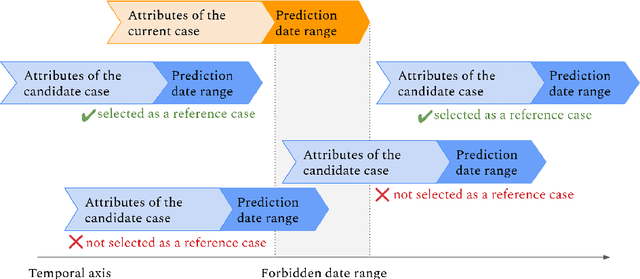

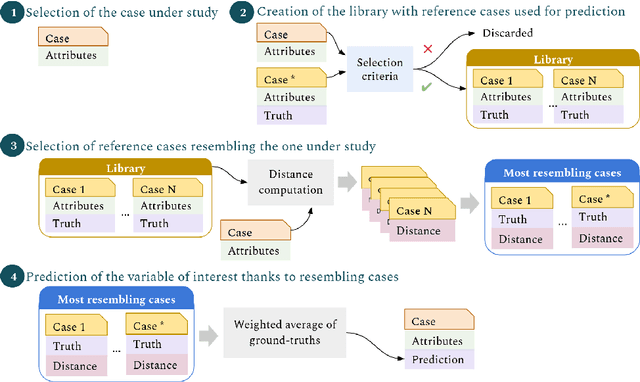
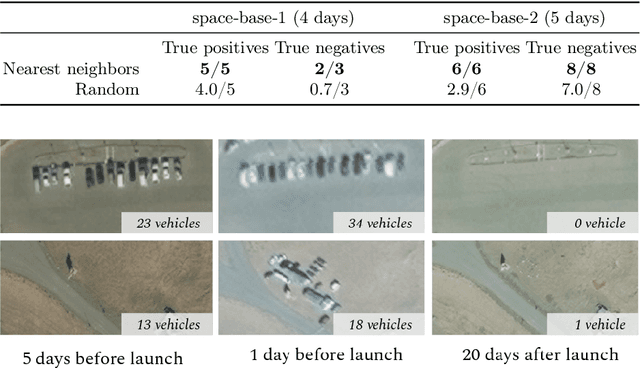
Abstract:Satellite imagery is now widely used in the defense sector for monitoring locations of interest. Although the increasing amount of data enables pattern identification and therefore prediction, carrying this task manually is hardly feasible. We hereby propose a cased-based reasoning approach for automatic prediction of rare events on strategic sites. This method allows direct incorporation of expert knowledge, and is adapted to irregular time series and small-size datasets. Experiments are carried out on two use-cases using real satellite images: the prediction of submarines arrivals and departures from a naval base, and the forecasting of imminent rocket launches on two space bases. The proposed method significantly outperforms a random selection of reference cases on these challenging applications, showing its strong potential.
Improving performance of aircraft detection in satellite imagery while limiting the labelling effort: Hybrid active learning
Feb 10, 2022
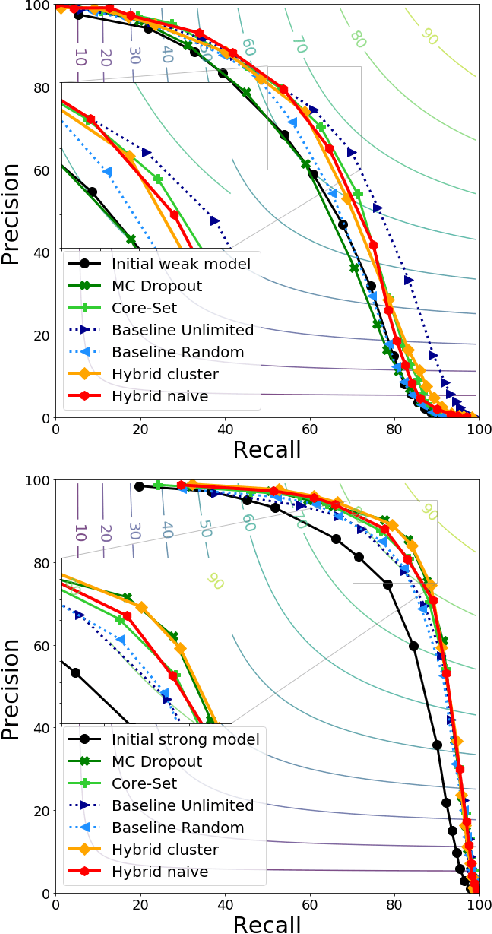
Abstract:The earth observation industry provides satellite imagery with high spatial resolution and short revisit time. To allow efficient operational employment of these images, automating certain tasks has become necessary. In the defense domain, aircraft detection on satellite imagery is a valuable tool for analysts. Obtaining high performance detectors on such a task can only be achieved by leveraging deep learning and thus us-ing a large amount of labeled data. To obtain labels of a high enough quality, the knowledge of military experts is needed.We propose a hybrid clustering active learning method to select the most relevant data to label, thus limiting the amount of data required and further improving the performances. It combines diversity- and uncertainty-based active learning selection methods. For aircraft detection by segmentation, we show that this method can provide better or competitive results compared to other active learning methods.
Neural Architecture Search in operational context: a remote sensing case-study
Sep 15, 2021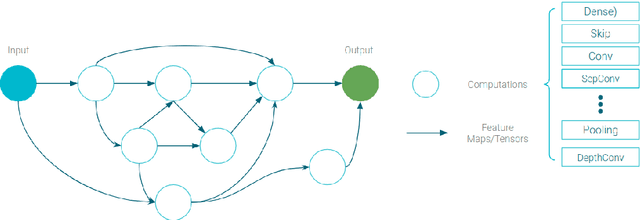


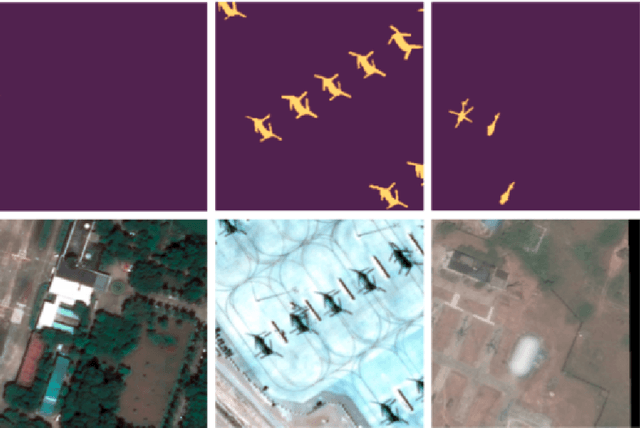
Abstract:Deep learning has become in recent years a cornerstone tool fueling key innovations in the industry, such as autonomous driving. To attain good performances, the neural network architecture used for a given application must be chosen with care. These architectures are often handcrafted and therefore prone to human biases and sub-optimal selection. Neural Architecture Search (NAS) is a framework introduced to mitigate such risks by jointly optimizing the network architectures and its weights. Albeit its novelty, it was applied on complex tasks with significant results - e.g. semantic image segmentation. In this technical paper, we aim to evaluate its ability to tackle a challenging operational task: semantic segmentation of objects of interest in satellite imagery. Designing a NAS framework is not trivial and has strong dependencies to hardware constraints. We therefore motivate our NAS approach selection and provide corresponding implementation details. We also present novel ideas to carry out other such use-case studies.
Active learning for object detection in high-resolution satellite images
Jan 07, 2021
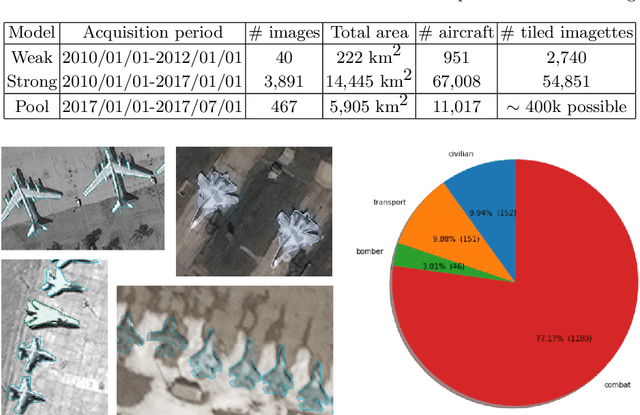
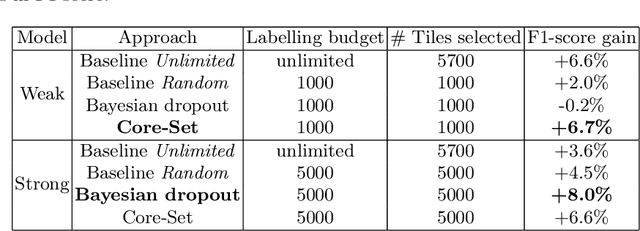

Abstract:In machine learning, the term active learning regroups techniques that aim at selecting the most useful data to label from a large pool of unlabelled examples. While supervised deep learning techniques have shown to be increasingly efficient on many applications, they require a huge number of labelled examples to reach operational performances. Therefore, the labelling effort linked to the creation of the datasets required is also increasing. When working on defense-related remote sensing applications, labelling can be challenging due to the large areas covered and often requires military experts who are rare and whose time is primarily dedicated to operational needs. Limiting the labelling effort is thus of utmost importance. This study aims at reviewing the most relevant active learning techniques to be used for object detection on very high resolution imagery and shows an example of the value of such techniques on a relevant operational use case: aircraft detection.
Concurrent Segmentation and Object Detection CNNs for Aircraft Detection and Identification in Satellite Images
May 27, 2020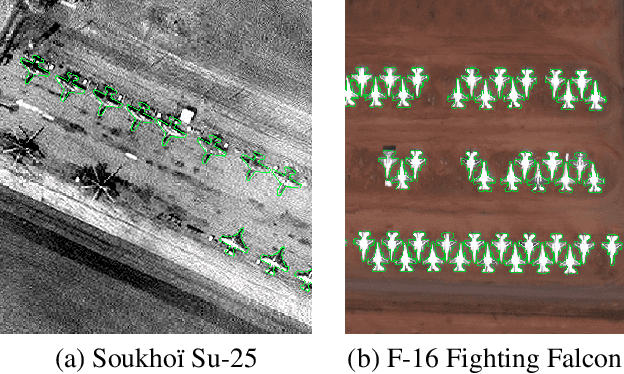

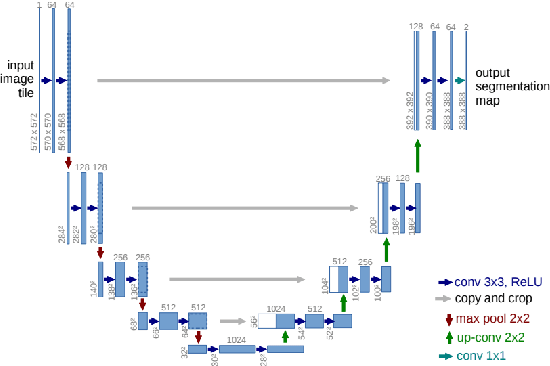

Abstract:Detecting and identifying objects in satellite images is a very challenging task: objects of interest are often very small and features can be difficult to recognize even using very high resolution imagery. For most applications, this translates into a trade-off between recall and precision. We present here a dedicated method to detect and identify aircraft, combining two very different convolutional neural networks (CNNs): a segmentation model, based on a modified U-net architecture, and a detection model, based on the RetinaNet architecture. The results we present show that this combination outperforms significantly each unitary model, reducing drastically the false negative rate.
 Add to Chrome
Add to Chrome Add to Firefox
Add to Firefox Add to Edge
Add to Edge